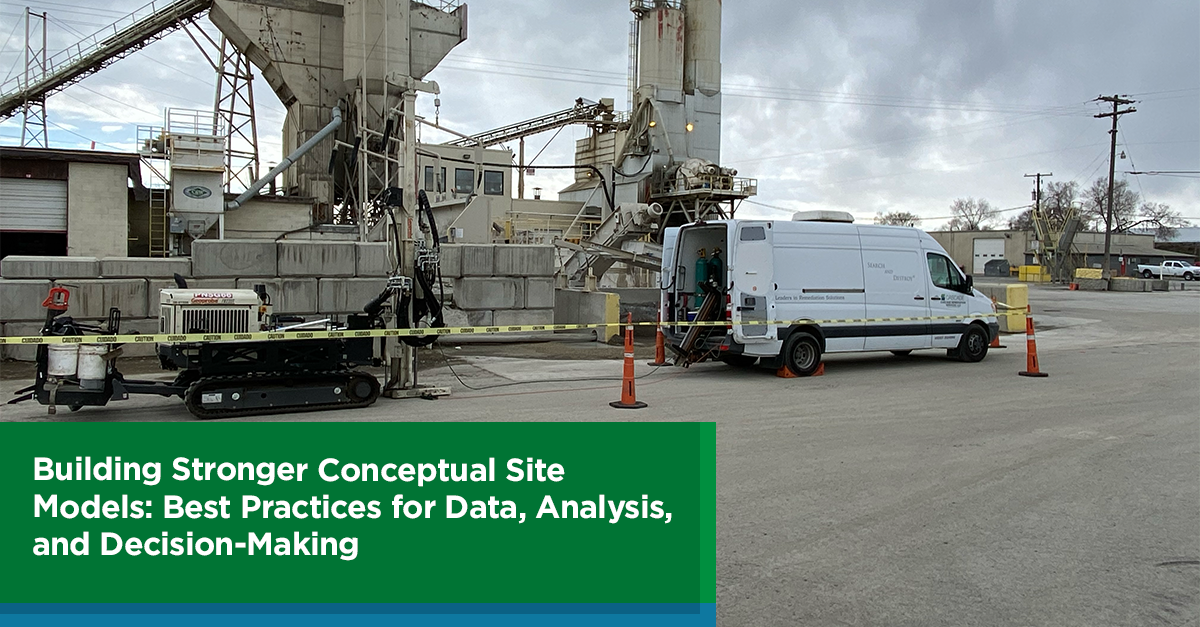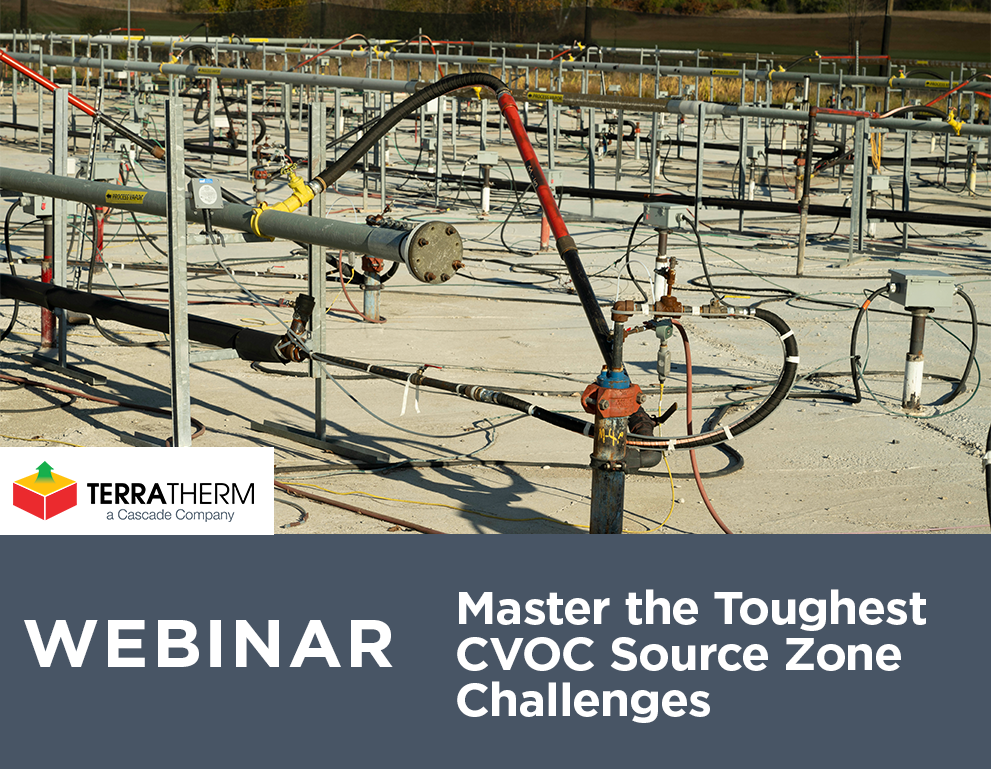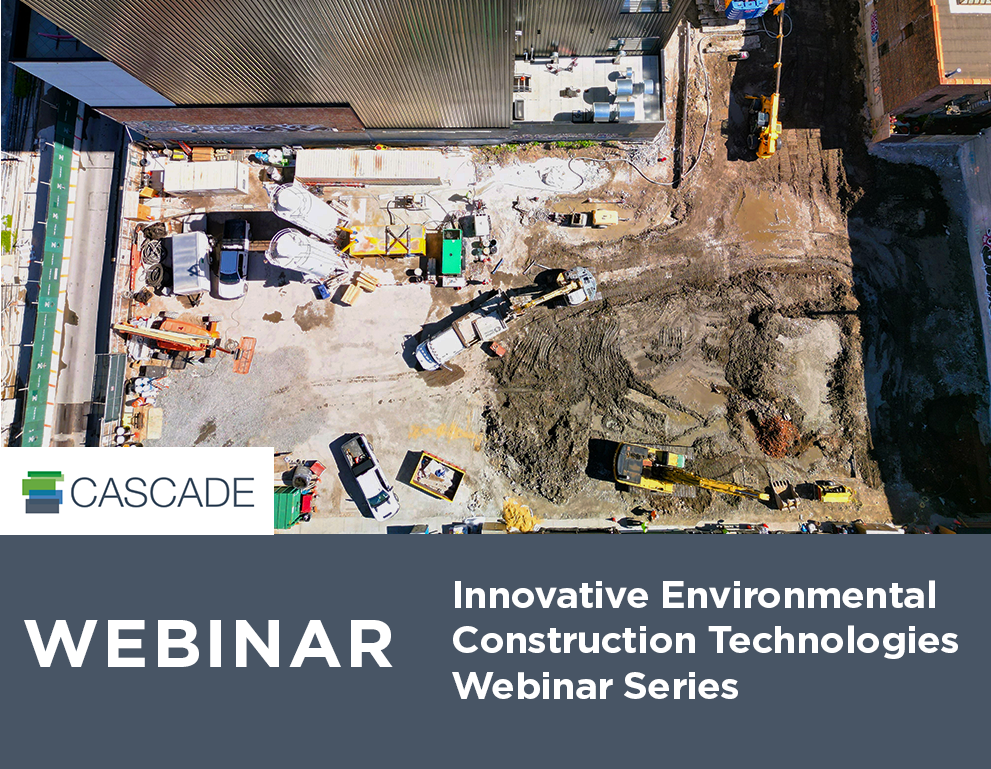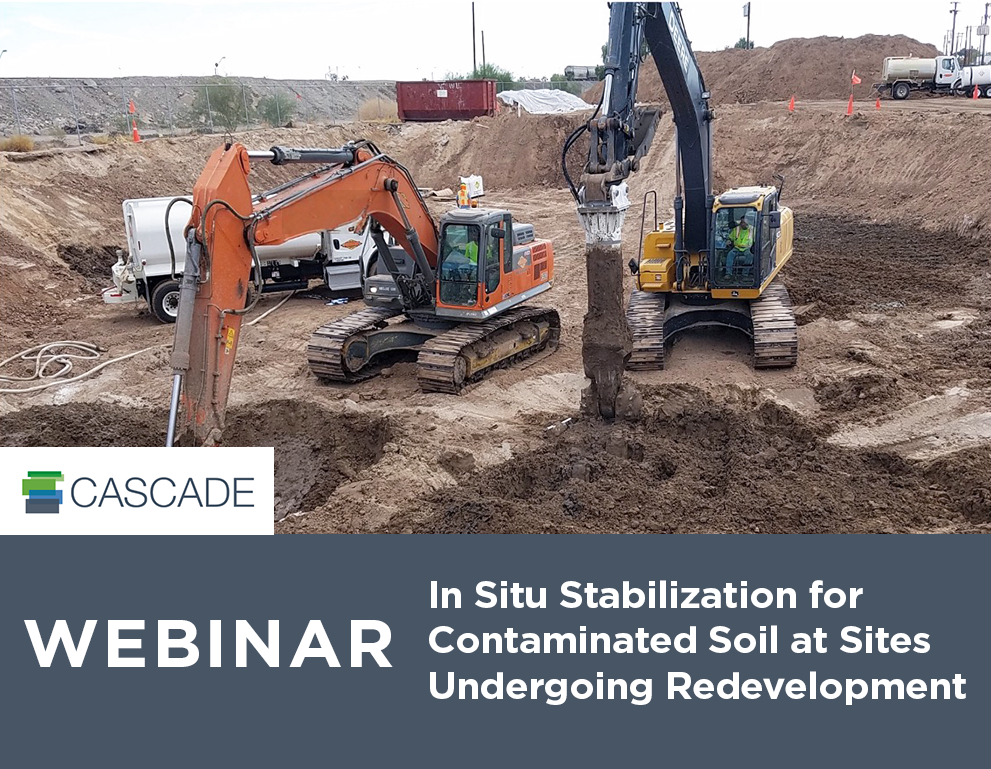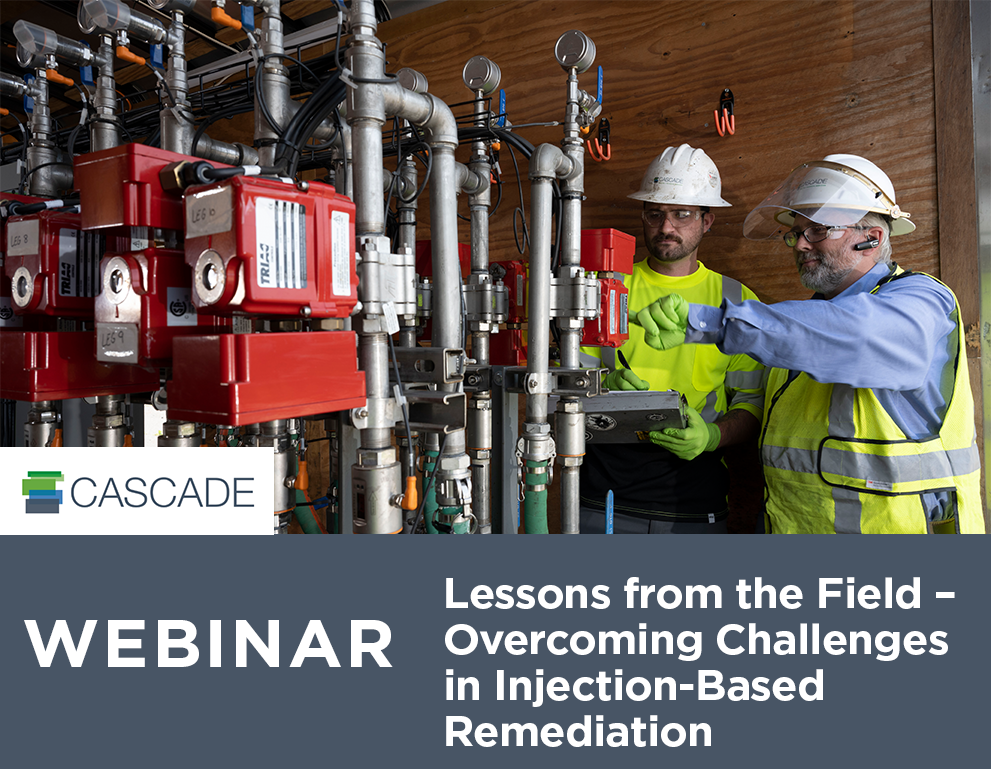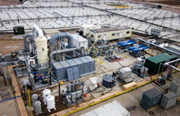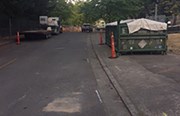The application of colloidal carbon for PFAS treatment is advancing—and with it, our collective understanding of how to design, implement, and optimize permeable reactive barriers (PRBs) for long-term success.
In this technical webinar, Eliot Cooper, Remediation Technology Expert, will share key insights and practical takeaways from the ongoing evolution of PFAS PRBs using ColloidalChem™, our turnkey solution for in situ colloidal carbon delivery. While long-chain PFAS like PFOA and PFOS are known to adsorb to activated carbon, achieving and maintaining maximum contaminant levels (MCLs) over time in dynamic groundwater conditions presents design and implementation challenges worth exploring.
We’ll walk through what we’ve learned, what’s working, and what to consider as you develop your PFAS remedy strategy:
- PFAS Adsorption Parameters: Understanding how Freundlich adsorption parameters apply to real-world groundwater plumes, including both individual compounds and mixtures.
- Sampling for Success: Data collection strategies to account for TOC, DOC, co-contaminants, and unregulated PFAS identified by Method 1633a.
- Combined Remedy Design: Integrating PRBs into treatment approaches for sites with multiple contaminants, including hexavalent chromium, petroleum, and solvents.
- Bench Testing Best Practices: Using bench-scale testing as a second line of evidence, including how to design tests that reflect the unique behavior of colloidal carbon suspensions.
- Longevity and Hydraulic Considerations: Designing for sustained performance by accounting for groundwater velocities, lithologies, and residence times.
- Distribution and Containment: Strategies for keeping highly mobile carbon suspensions in the treatment zone, managing pore space plugging, and optimizing injection flow and pressure.
- Delivery Techniques: Comparing DPT and sonic/packer isolation approaches, including manifolded injection and hydraulic control via recirculation.
- Field-Ready Mixing & Dilution: How to prepare uniform colloidal carbon suspensions and determine spacing and row requirements based on subsurface conditions.
This session is ideal for environmental professionals seeking to deepen their understanding of how colloidal carbon PRBs function in the field, and how to refine their design based on site-specific parameters.
About the Presenter
 |
Eliot CooperRemediation Technical ExpertEliot Cooper is a Remediation Technology Expert. In this role, he helps clients design efficient and cost-effective remedies using high resolution site characterization (HRSC) and a vast array of remediation options. His specialty is finding the right combination of tools and technologies for complex sites, and ensuring every step of the remediation process is optimized to achieve results. |


